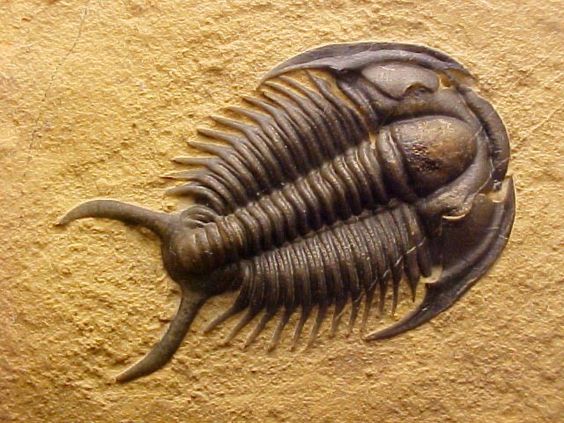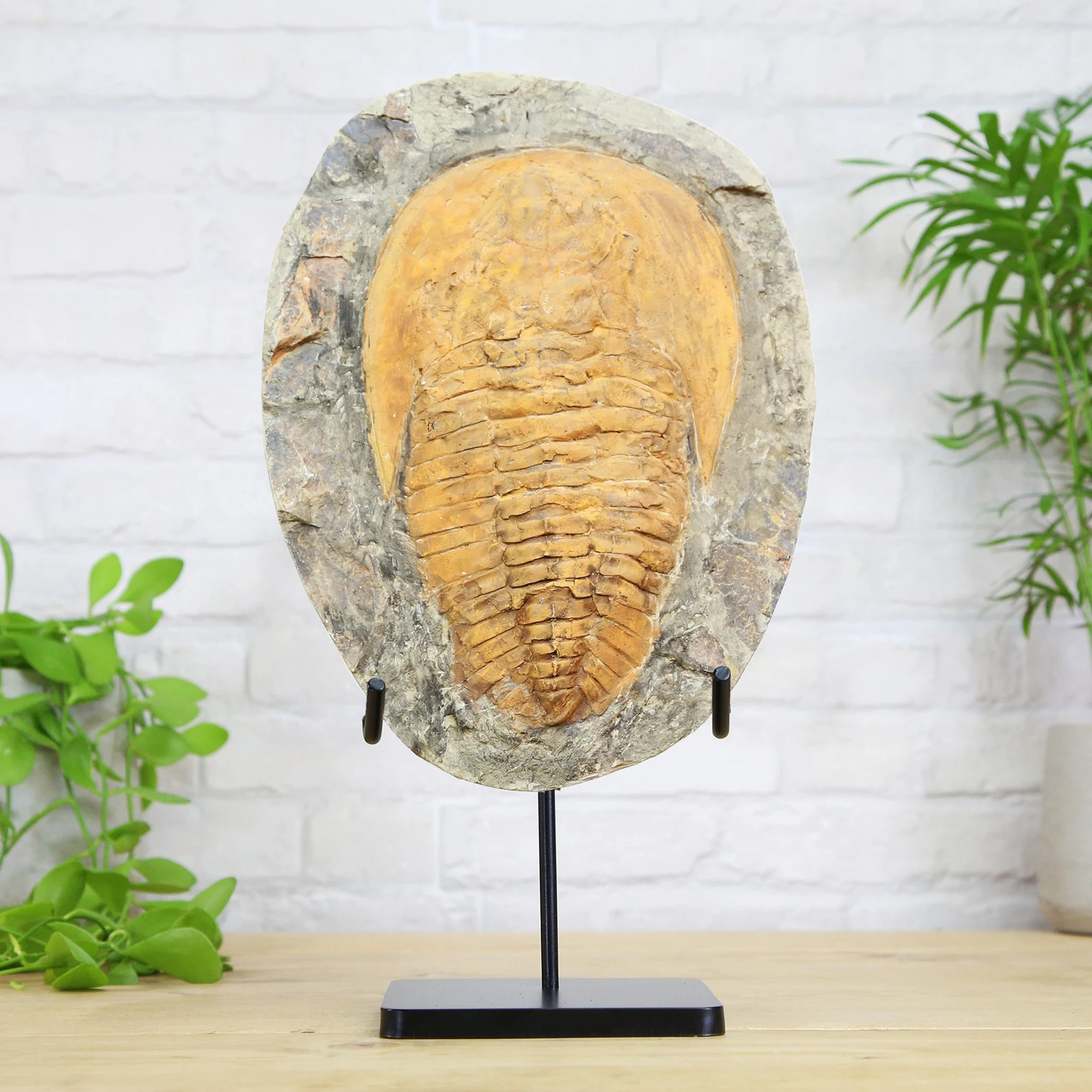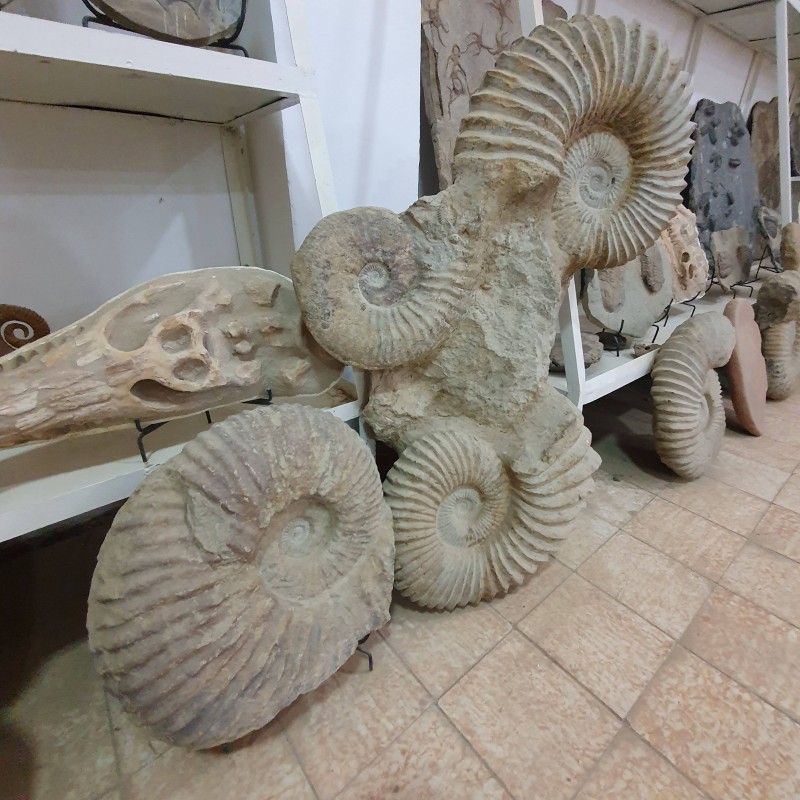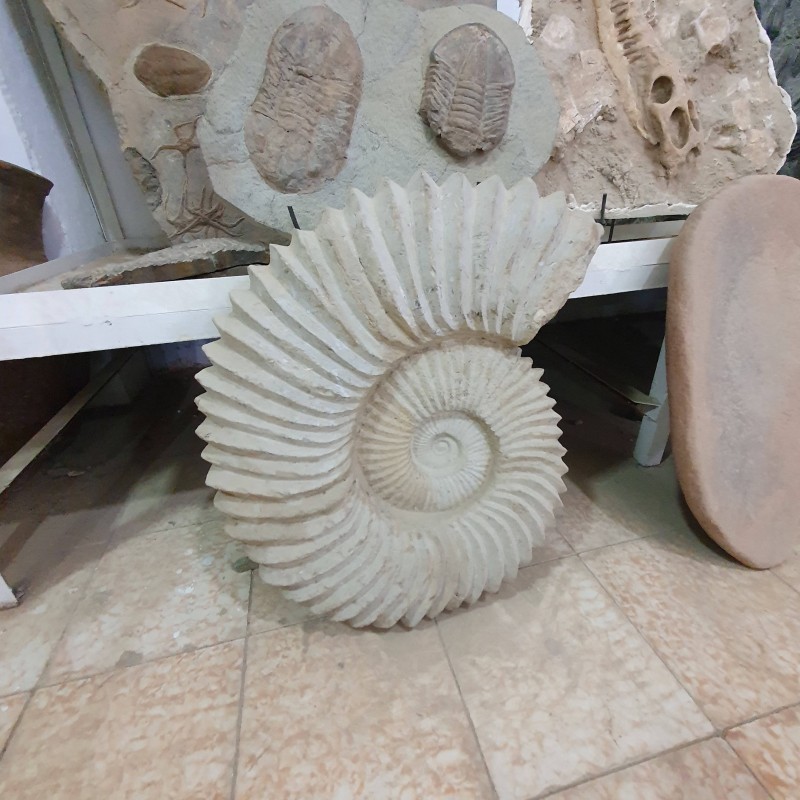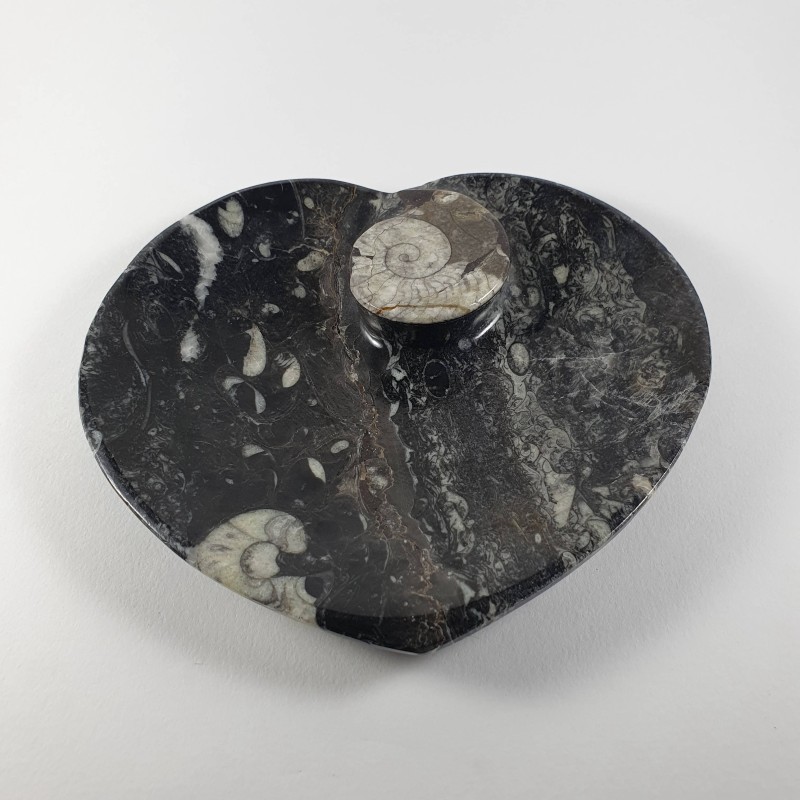Once upon a time, in the ancient oceans of our Earth, trilobites roamed. These remarkable creatures, with their segmented bodies and intricate designs, left behind a legacy etched in stone, literally. For over 270 million years, trilobites thrived, surviving through three of the five major extinction events. Their fossils now tell tales of prehistoric seas, making them a cornerstone in the study of paleontology.
Trilobites, often dubbed the “butterflies of the Paleozoic,” are not just relics of the past but are windows into the evolutionary saga of life on Earth. Their well-preserved fossils, found in rock formations across the globe, provide scientists with invaluable insights into the Cambrian Explosion, a period of rapid evolutionary diversification. This makes trilobites crucial for understanding the history of life and the dynamic changes our planet has undergone.
Picture a time when the world was a watery expanse, teeming with strange and wonderful creatures. Trilobites, with their distinctive three-lobed, three-segmented body plan, swam, crawled, and burrowed through ancient seabeds. Their exoskeletons, made of calcite and chitin, became fossilized, leaving behind an intricate record of their existence. These fossils, often found in stunning detail, are a testament to their biological complexity and adaptability.
For enthusiasts and collectors, trilobite fossils are treasures. Each specimen is a fragment of history, a tangible connection to a world long gone. The diversity among trilobites is staggering; with over 20,000 described species, they exhibit a range of sizes, shapes, and forms. Some were tiny, barely a millimeter long, while others grew to over two feet in length. Their myriad forms reflect the varied ecological niches they occupied, from shallow reefs to deep ocean floors.
In the realm of paleontology, trilobites are akin to literary classics, each fossil a page in the grand book of Earth’s history. They are pivotal in biostratigraphy, helping geologists date rock layers and correlate them across different regions. This, in turn, aids in the search for natural resources like oil and gas, making trilobites indirectly valuable to modern industry.
Moreover, trilobites have a certain artistic allure. Their fossils, often displaying intricate details of their anatomy, are natural masterpieces. The beauty of a well-preserved trilobite can captivate anyone, from seasoned paleontologists to curious onlookers. This aesthetic appeal bridges science and art, making trilobites icons of natural history.
As we delve deeper into the fossil record, trilobites continue to surprise us. New discoveries shed light on their behavior, development, and even their vision. Yes, these ancient arthropods had some of the earliest known complex eyes, with lenses made of calcite. Their vision, a marvel of evolutionary engineering, underscores their role as pioneers in the animal kingdom.
In conclusion, trilobites are not just fossils; they are symbols of endurance, adaptability, and the ever-changing tapestry of life on Earth. Their historical value is immense, offering a glimpse into the distant past and enriching our understanding of biological and geological processes. So next time you see a trilobite fossil, remember, it’s not just a rock but a remnant of a forgotten world, waiting to share its story.

